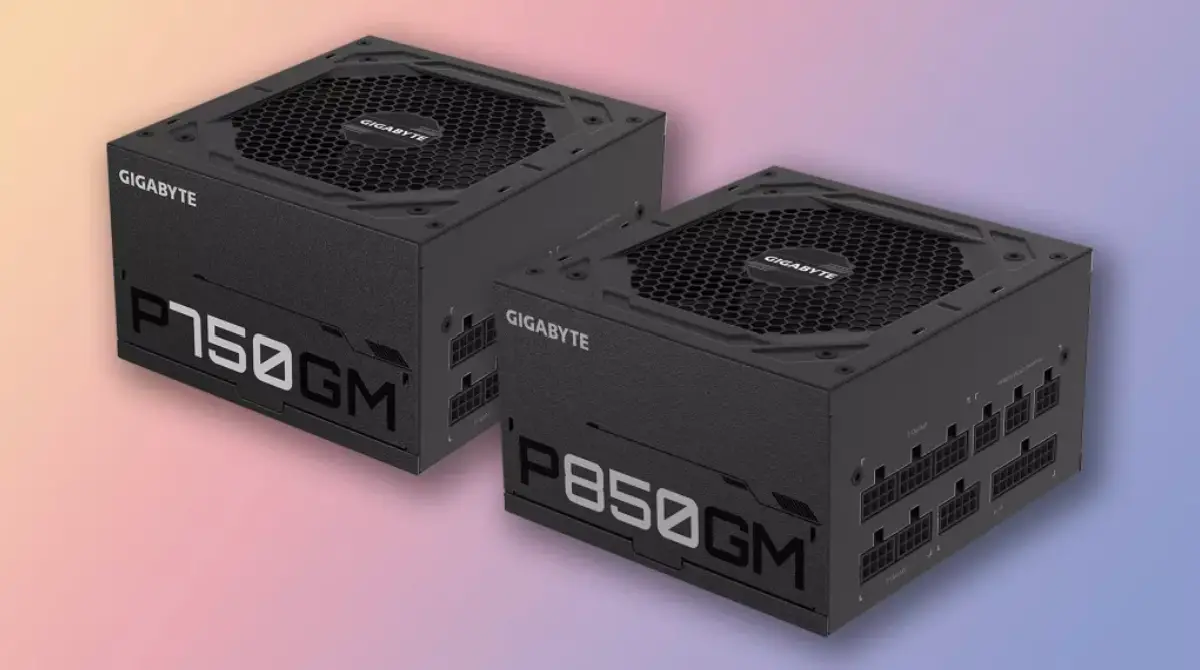Gigabyte issued failing PSU reports to provide users with returns and exchanges
The power supply can be described as a key component of a desktop computer. The power supply is mainly used to provide stable current support for the motherboard, processor, memory, and graphics card after rectification.
Under normal circumstances, the comprehensive power of hardware such as graphics cards should not exceed the maximum power of the power supply, otherwise, the unstable operation of the device may occur due to an unstable power supply.
However, sometimes it may be better to fail to operate stably, because some power supplies may catch fire and explode when used under high load, which may affect safety.
Usually, there are not many cases of fire and explosion in the power supply, but the GP-P850GM and GP-P750GM power supply introduced by Gigabyte have caught fire and explosion during the test.

Image: Gigabyte
After Gigabyte launched these power supplies, the media and game players conducted detailed tests on them, and the results showed that these power supplies performed very poorly under high load conditions.
This power supply supports all kinds of large-scale high-end graphics cards, so the power provided is relatively sufficient, but the situation is not as good as Gigabyte’s propaganda during the test.
When a graphics card with higher power consumption is used for a high load test, these power supplies have an unstable power supply, and then the power supply has even caught fire and exploded.
Obviously, this is not good news for video creators and gamers. For example, when video creators render videos, the graphics card will be under high load for a long time.
If the power supply is unstable, it will affect the rendering of the video. If there is a fire or explosion, it may also cause a security incident or even threaten life and health.
According to Gigabyte’s official instructions, these power supplies have a variety of safety protection measures, which can automatically cut off the power in extreme situations, at least this will prevent fire and explosion.
Gigabyte said that these software and hardware safety measures include over-voltage protection, under-voltage protection, over-power protection, over-current protection, over-temperature protection, and short-circuit protection.
At least some safety measures have not been triggered when the media conduct high-load tests. Otherwise, there will be no fire and explosion, but the circuit should be automatically disconnected.
It is worth noting that these power supplies have actually been released for a long time, but they do not seem to have attracted the attention of Gigabyte. Until now, Gigabyte has issued a statement to respond.
Gigabyte issued an official statement on these power supply issues a few days ago. In the statement, Gigabyte stated that this long-term high-load test will significantly shorten the service life of the power supply.
The potential fire and explosion problem occurs when the over-power protection is repeatedly approached 120~150% for a long time. This situation may cause problems with the power supply.
For this reason, Gigabyte lowered the overpower protection threshold of the newly produced GP-P850GM and GP-P750GM power supplies to 110~120% to ensure that the power supply can be cut off normally.
After adjustment, the maximum power of the P850GM power supply is reduced from 1020W~1300W to 950W~1050W, and GP-P750GM is reduced to 825W~925W.
At the same time, Gigabyte provides a return and exchange policy for users who have already purchased. Users can check their Gigabyte power supply a serial number to see if there is a potential fire risk. Any PSUs with the following serial numbers are eligible:
GP-P850GM: SN20343G031011~SN20513G022635
GP-P750GM: SN20243G001301~SN20453G025430
Users with the above serial numbers can contact GIGABYTE for return or exchange. If you are going to continue using it, it is recommended not to carry out a long-term high load due to safety considerations.





